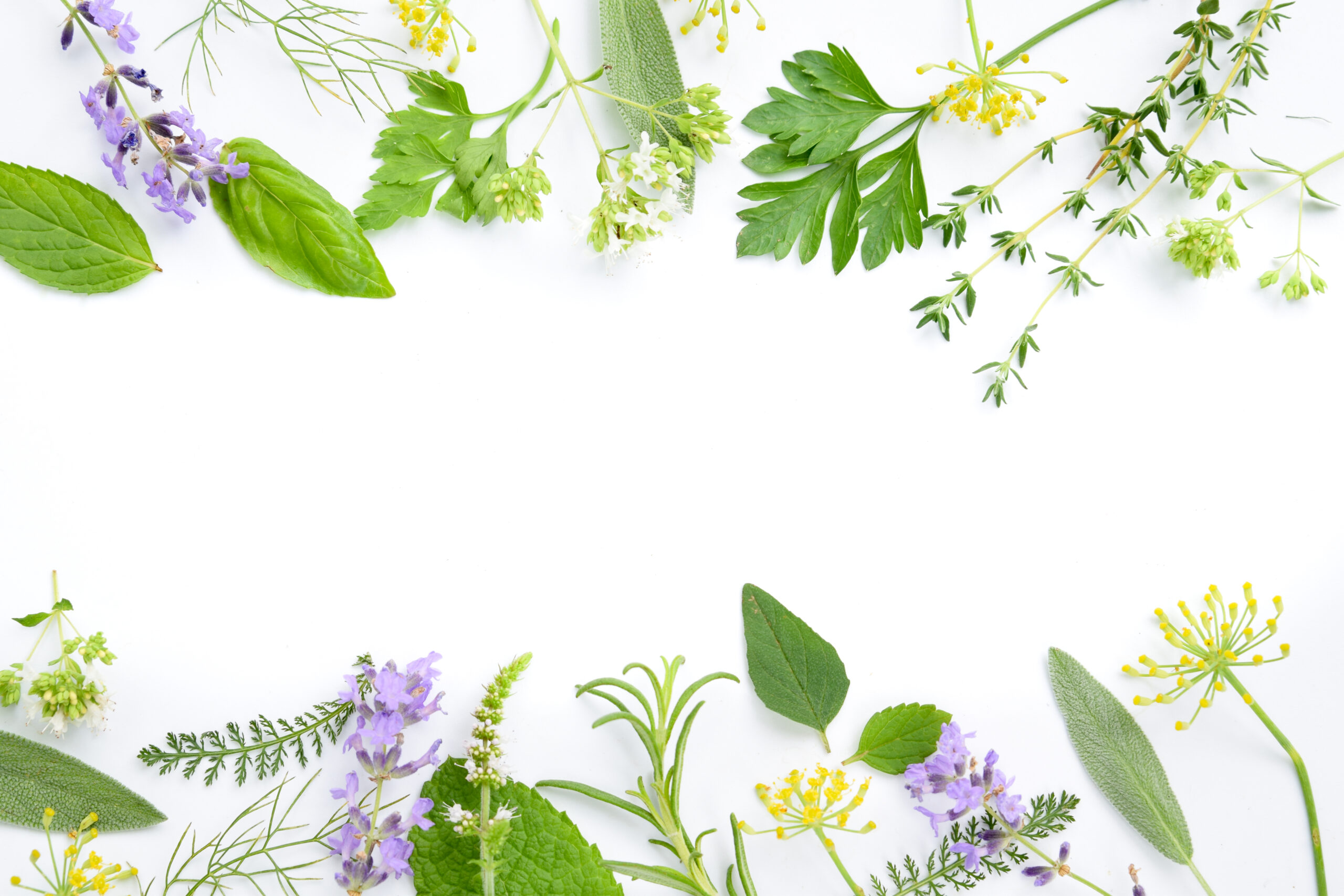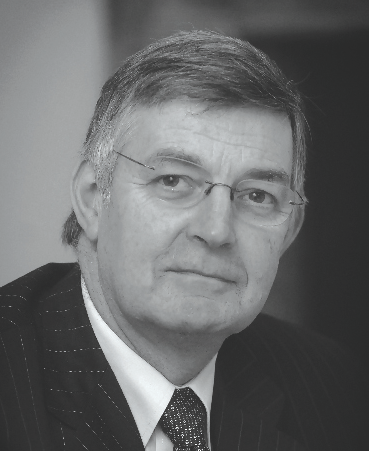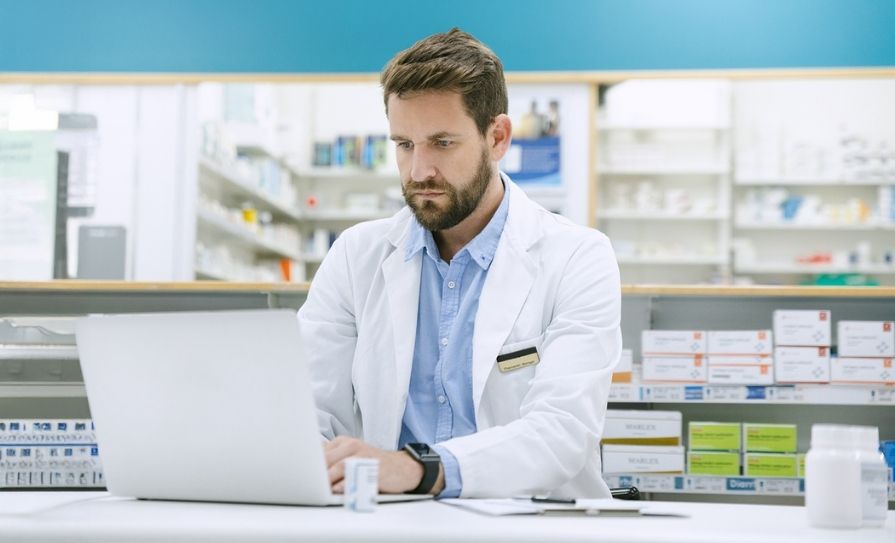Dr Des Corrigan compares ‘natural’ vs ‘herbal’ when it comes to commonly-advertised products
Another month, another pop-up ad, this time for a product claiming to be “Five herbs for weak urinary flow”, but with a commercial name that implies it is for use in prostate conditions. The task of assessing the evidence base for the five “herbs” was approached with some trepidation and fear, because I have had not one but two TURP operations, or “re-bores”, as my urologist so elegantly described them.
Thankfully, both showed that I had benign prostatic hyperplasia (BPH), but I still remember the difficulties I encountered in terms of what is termed LUTS (lower urinary tract symptoms) such as frequency, urgency and nocturia, in particular. To be now symptom-free makes the indignities surrounding digital rectal examinations, flow tests, biopsies and post-op catheterisation more than worthwhile. Now, of course, I am not unique in having BPH, in that it is believed that 50 per cent of men have it by age 60 and by age 85, the figure is 90 per cent.
The likelihood is that many readers know somebody who suffers from this condition and who may be worried that it is something more sinister. They need to realise that their prostate will not shrink of its own accord and they should be encouraged to seek advice from their GP, including referral where necessary to a specialist. They can be reassured that there are proven pharmacological and surgical interventions that will dramatically improve their quality of life.
The question is whether the product promoted online has anything to offer anyone with LUTS arising from benign enlargement of their prostate. Described as containing lycopene, beta-sitosterol, nettle root, pumpkin seed and saw palmetto berries, three are plants/herbs but the first two are isolated, purified (presumably) chemical compounds, albeit extracted from plant sources.
Labelling chemicals as herbal, no matter how ‘natural’ they might be, is surely stretching the definition of a herbal substance to ludicrous extremes and creates an atmosphere of scepticism about the product. Ironically, such mistrust is not justified by the evidence of efficacy for four of the components.
The exception is lycopene, the bright red antioxidant carotenoid found in tomatoes. Most interest has focused on its possible role in the prevention of prostate cancer and not in BPH. A Cochrane Review in 2011 found insufficient evidence to support or refute its use to prevent prostate cancer. Despite two systematic reviews/meta-analyses from 2015 that did find an association between lycopene and a lower risk of prostate cancer, the FDA, in 2017, did not allow manufacturers to make such a claim.
An open-label study in 2018 found that a combination product containing lycopene, selenium and saw palmetto extract was not inferior to tadalafil as a treatment for BPH, but it is impossible to establish the role, if any, of lycopene in the mixture. The evidence is much more convincing for the second phytochemical, beta-sitosterol, one of a group of sterols related to cholesterol and known collectively as phytosterols. According to the 2011 update of a Cochrane Review of four RCTs involving 519 men, “the evidence suggests that beta-sitosterols improve urinary symptoms and flow measures but did not significantly reduce prostate size compared to placebo”.
A 2020 paper in BMC Urology found that a saw palmetto product enriched with 3 per cent beta-sitosterol was superior to the saw palmetto on its own and compared to placebo, there was a significant decrease in the International Prostate Symptom Score (IPSS), residual urine volume and prostate-specific antigen (PSA) level. Commercially isolated from species of pine and spruce and from South African star grass, it occurs in many plants, notably the three herbs included in the product under scrutiny.
Foregoing your modesty and shedding your dignity is a small price to pay for peace of mind and improved quality of life
The root of the common or ‘stinging’ nettle, for example, contains about 1 per cent of phytosterols. The Community Herbal Monograph (CHM) for nettle root adopted by the EMA has essentially the same wording as the CHMs for pumpkin seed and saw palmetto berries. The agreed indication for all three states that they are “Traditional Herbal Medicinal Products for the relief of lower urinary tract symptoms related to benign prostatic hyperplasia after serious conditions have been excluded by a doctor”.
Extracts inhibit the enzyme aromatase that converts testosterone into oestradiol and also growth of cultured BPH tissue. Over 34 clinical and observational trials of nettle root have been published over the past 30 years but the herbal committee at the EMA concluded that the effectiveness of the root extract had not been proven sufficiently to allow for a ‘Well Established Use’ indication claim.
The EMA adopted the same attitude to pumpkin seed extracts, only allowing a traditional use, although recognising the many published clinical studies. Many had small sample sizes and were of varying quality. The preclinical data shows pharmacological plausibility in vivo where an aqueous extract increased bladder volume and decreased urinary frequency in male rats.
This and another study in rabbits, where an oily extract decreased bladder and uretheral pressure, is the likely reason for an additional indication for relief of symptoms related to an overactive bladder. A 2016 paper in an Italian journal reviewed six studies where pumpkin seed was used in the management of LUTS in patients with BPH. It found an improvement in IPSS and uroflowmetry values. The authors, who were sponsored by a company, adopted the usual cop-out by calling for further studies.
In the case of saw palmetto berries, also known as sabal or serenoa repens, the EMA actually listed two indication claims, depending on the extraction solvent used. For the hexane extract, there is a Well Established Use indication as a herbal medicinal product for the symptomatic treatment of BPH. The significance of this is that it is based on over 40 years of clinical trial data, with the EMA discounting a negative Cochrane Review from 2012 in reaching its decision. The ethanol extract has the same traditional use indication as nettle and pumpkin because the clinical studies on it were not considered sufficiently strong.
Overall, the use of this combination appears rational, going on the preclinical and clinical evidence base for four of the five components. However, it is vital to adhere to the caveat in the EMA-approved indication claim that serious conditions must be excluded by a doctor before use.
If you or a male you know, or a worried patient seeking advice in the pharmacy, are of an age and are having problems with their ‘water-works’, then I urge you or them to follow my example, forgetting embarrassment and seeking help. Foregoing your modesty and shedding your dignity is a small price to pay for peace of mind and improved quality of life. If I, as a devout coward can do it, so can anyone.








